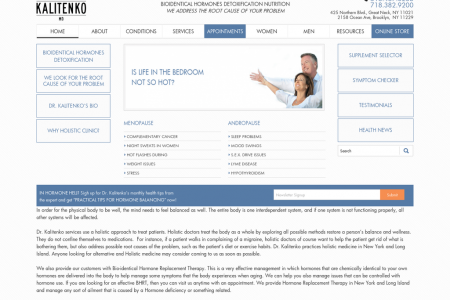
Earthquakes
52 earth o TECTONIC EARTH 30 The typical mumber of small earthouakes that occur in southern California every day. The larpest earthquake ever recorded occurred off the coast of Chile in 1960. It causeda devastating tunami (0.3 in) - the distance that the whole planet vibrates back 1 cm ind fortn in space during the very largest earthqvakes 53 Wave origination Z At the sea surface, the sudden upthrust of a mass of water from below sets off a series of high energy waves These start travelling over the sea surface at a speed of over 800 kph (500 mphi. Earthquakes Wayes in both directions Waves spread out in oeposite directions from a line in the sea Epicentre of ,earthouake Shock waves Pwaves Living on the edge Some countries are more affected by earthquakes than others, because they sit on the boundaries between tectonic plates. This map shows the ten countries with most earthquake fatalities. Earthquakes produce two types of shock waves, called P and S waves, which travel through parts of Earth's interior. Scientists can work out where and when a quake happened by detecting these waves as they arrive Sves sumace roughy baralel to the rupture line on the seaftoor. A natural part of our planet's workings, earthquakes can be terrifying and destructive events. Some trigger powerful ocean waves called tsunamis. Low-height wves In the open Upift A block of seafloor suddenly shoots vo everal metres Ehewhere, other blocks may sink ocean, each mave has a low amplitude height and may Earth's outer shell is made up of huge slabs called tectonic plates. These plates are constantly moving, and push past each other with hard, jerky movements. In some places, the opposing masses of rock become locked together by friction. In these periods, there is a gradual build-up of strain in the locked-up area. Eventually, the pressure becomes so high that there is a sudden shift between the blocks of rock, or a massive break, usually on or near lines on Earth's surface called faults. As this happens, energy is released in the form of powerful shock waves, or vibrations, causing an earthquake. When an earthquake happens under the seafloor, it can create a tsunami. RAN PASTAN pass unnoticed. INDONEIA back at the surface. PERU Pwaves change direction slightly an they cross layers Amplification 3 When a tsunami wave approaches a shore, it slows down and its height increases The upward-sloping seabed creates a resistance to the water movement - it pushes the water so that the wave is "amplified" lgets bigger). 1,600 km The length of the rupture under the seafloor that caused the 2004 Indian Ocean tsunami. Crest ef wve The too of a large How a tsunami happens Many types of event can cause tsunamis, including big volcanic eruptions near or in the sea landslides into the ocean, and even asteroid impacts. However, the most common cause is a huge earthquake under the seafloor, usually where the edge of one tectonic plate rises above another. Isunami mave Vually foams as it acoroaches Shock waves These powerful vibrations spread out from the earthouake focus in all direction the shore Sea drawback Sometimes water is drawn away from the shore a few minutes betfore a ns. - tsunami wave arrives 1 Seafloor rupture LA large rupture below the seafloor causes an earthquake. At the same time, a huge block of seabed is suddenly thrust upwards. This in turn pushes up the seawater above, trippering a tsunami wave at the ocean surface. sbove the oint in tolcentre A spot on the sealon Energy waves Larthouakes produce highy energetic waves which can produce shaking upand down movements and loud noiser Ear's interior where the rupture started OEven waves Out at sea, tsunami waves are eveniy soaced tances of up to 200 km (120 miled Inside a faut Faults at the boundaries of tectonic plates are prone to earthquakes Here, two plates move past each other in Seawater movements As each wave passes there is a circular movement of seamater under it opposite directions. Occasionally. the movement becomes stuck and stress builds Wve height increase A tunami wave - Epicentre The point on Eartn's Sea becomes up between the plates. Eventually. the build-up of stress causes a sudden shift or rupture, releasing vast amounts of energy grows higher as the seafloor under it slopes upwards tomards the shore shallower surface that is directly above the quake's focus point. As the seabed shelves upmards, t also slows the acoroaching wave Fautt line Aline a tars surface which marks movement between plates Plate movement These plates are moving past each other side by side, but in some cases one plate moves underneath another. Inundation 4 When a tsunami wave hits a shore, it doesn't usually break and collapse. Instead, it continues to surge forward for a considerable distance. flooding the whole coast. The powerful rush of water can smash buildings and carry cars and people away. LBuildings in danger Few buildings can survive the onslaught of a large tunami wave - many are destroyed or sweet amay. Focus The soot in Fe The spot in Earth's interior where the quake producing rupture begins
Earthquakes
Source
https://www....scoop.com/Category
EntertainmentGet a Quote








